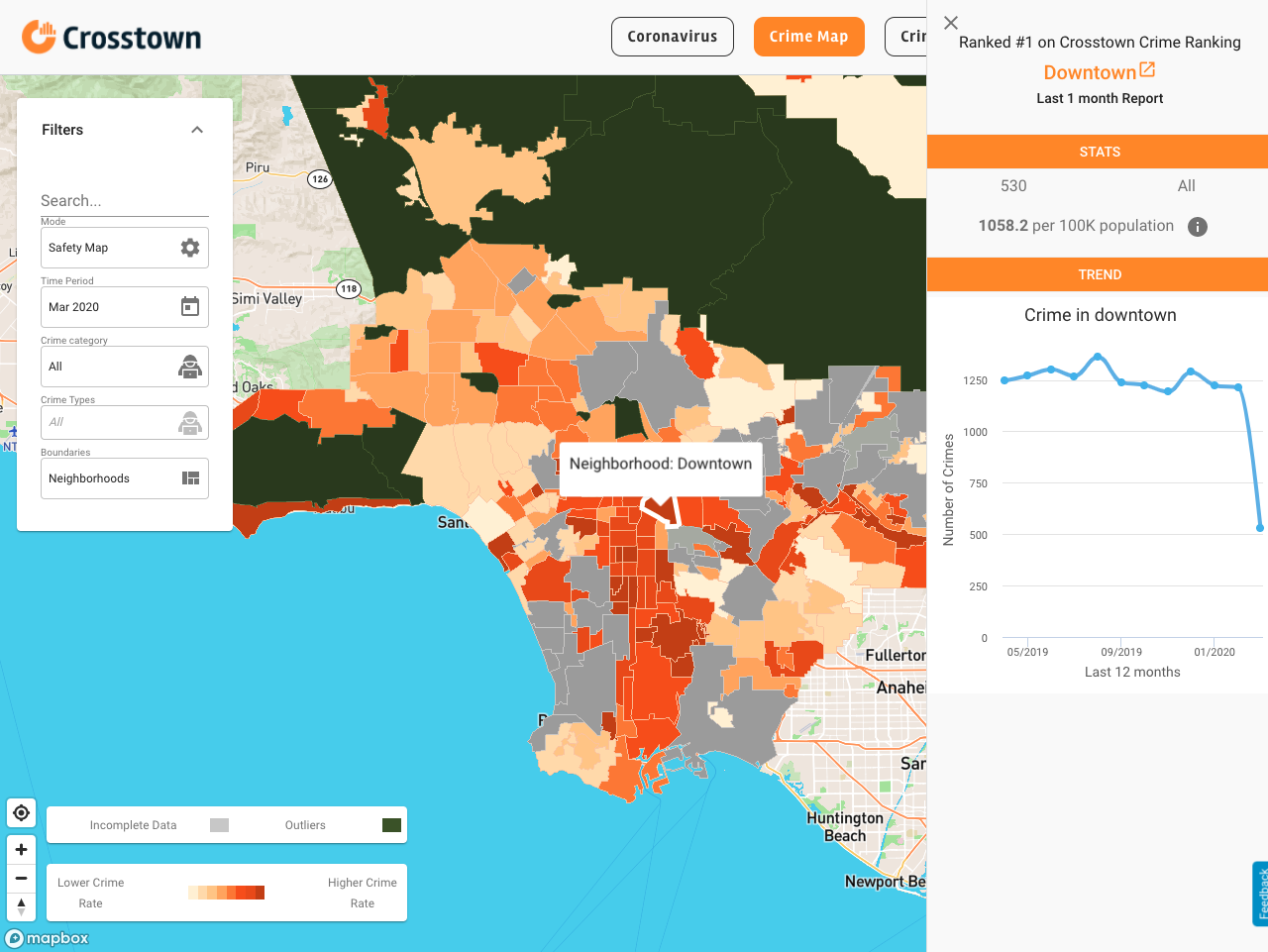Building is coming back in the Palisades

(Photo: Lisa Solomon)
Nine months after the devastating wildfires, construction in the Pacific Palisades is finally picking up, with the number of building permits issued in the neighborhood nearly from triple the level in April. Even that accelerated pace is not fast enough, some residents warn, meaning rebuilding could stretch for years to come.
In August, 237 building permits were issued in the Pacific Palisades, compared with 92 in April, when the post-fire work was just beginning. Over the past three months, more building permits were issued in the Palisades–617–than for any other neighborhood in the city, according to data from the Los Angeles Department of Building and Safety.

For Jeremy Padawer, who lost his home, even that sharp increase is paltry compared with what’s needed, he says. “We should be seeing a sea of development right now. But instead, we’re not, and it’s bad leadership,” Padawer said, citing uncertainty around city planning decisions as a key reason families are hesitating to rebuild.
“No one can communicate what the overall plan is or how they’re going to incentivize people to get back fast,” said Padawer.
The Palisades fire, which ignited on Jan. 7, raged for 24 days, consumed 23,448 acres, destroyed 6,837 structures and claimed 12 lives. In the three months after the fire, building activity was practically at a standstill. In March, there were a total of 55 building permits and 38 electrical permits issued. By April, the number had increased to 92 building permits and 42 electrical permits, still 11% below the same month a year earlier, before the fires.
Get stats on crime, traffic, housing and business specifically about your Los Angeles neighborhood. Sign up for the Crosstown Neighborhood Newsletter here.

Those early months after the fire were consumed with cleanup and debris removal. Since then, the Los Angeles Department of Building and Safety, has tried to expedite the often lengthy permitting process. The agency assigned 14 plan checkers exclusively to Palisades projects, completing initial reviews in seven days or less, well under the mayor’s emergency 30-day timeline, according to a department spokesperson. The department has also waived demolition permits and grading requirements to save time.
New technology is part of the strategy. Pilot programs now allow for artificial-intelligence-assisted plan review and pre-approved home designs, letting homeowners select styles already cleared for compliance.
“They’re saying [initial review] under 30, but it’s actually quicker… But… the bulk of the time is going and getting these clearances from other departments. So that’s what’s making this process 70 days long,” in some cases, said Kambiz Kamdar, owner of Pali Construction and co-founder of resource site Pali Builds.
Kamdar explained that the real bottleneck isn’t the initial plan review, but the clearances required from multiple departments like Planning, Fire, and Building and Safety. He argued that creating a central, one-stop location for all these agencies would be a game-changer. Instead of applicants losing weeks or months traveling to disparate offices in Downtown, Van Nuys, and West Los Angeles—a major cause of the wait times for permits—they could resolve all issues in one visit. This, he insisted, would slash the permitting timeline and get residents back home much faster
The Project Recovery plan, developed by the Urban Land Institute Los Angeles, UCLA’s Ziman Center and USC’s Lusk Center, set a target of 250 to 350 permits processed within 30 days.
A Crosstown analysis revealed that of the 237 permits issued in August, 59% had been in the queue for a month or more.
“If people want to come back to the Palisades and are willing to,” said Kamdar, “then the city should do whatever they can to make that happen.”
David P. Waite, a land-use attorney and partner at Cox, Castle & Nicholson LLP, said financial hurdles are one of the main bottlenecks. Families must piece together insurance payouts, mortgages and often new loans before they can even hire architects or submit applications. But once those decisions are made, he added, streamlined options, like the Builders Alliance, offering pre-permitted home plans at different price points, can help residents from being priced out.
“I expect we’re going to see a very significant ramp-up in permitting activity in the next six months,” said Waite. “But it’s not without challenges. These are new tools, and anything that’s new takes time.”
The stakes extend beyond paperwork. Many of the homes lost were built in the 1950s and 1960s, predating even basic fire-safety codes. Rebuilding now means incorporating stronger materials, wider defensible space and stricter insurance requirements. Waite said this round of construction will leave the Palisades far more resilient than before.
For the city, the challenge is balancing long-term housing goals with the urgent need for a speedy recovery. The Department of City Planning says efforts now include temporarily waiving certain rebuilding fees, expediting processing, and coordinating with multiple agencies under the mayor’s emergency orders. Officials emphasize that the rebuilding push is still in its early phases. Debris removal wrapped up only this spring, but momentum is growing.
By the end of the year, Waite predicts, visible progress will be hard to miss. “You’re going to see significant activity,” he said. This anticipated surge, however, unfolds alongside a plea for greater efficiency from those navigating the process.
How we did it: Crosstown analyzed building and electrical permits submitted to the Los Angeles Department of Building and Safety in the Pacific Palisades since January 2025.
Have questions about our data? Or wanted to reach out? Write to us at askus@xtown.la.






